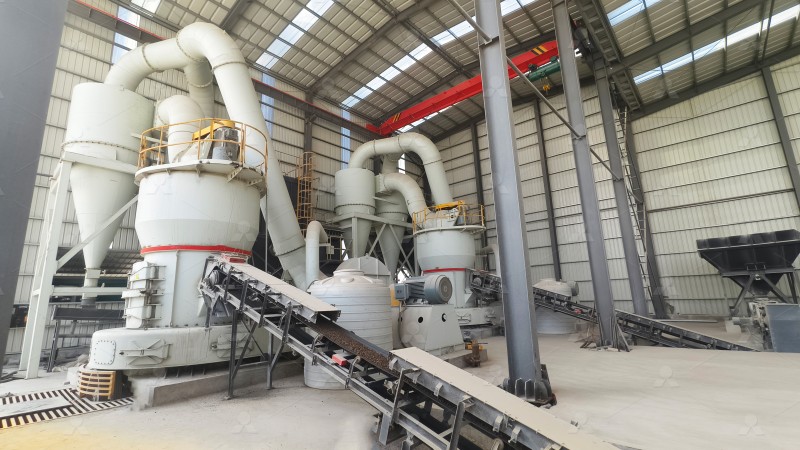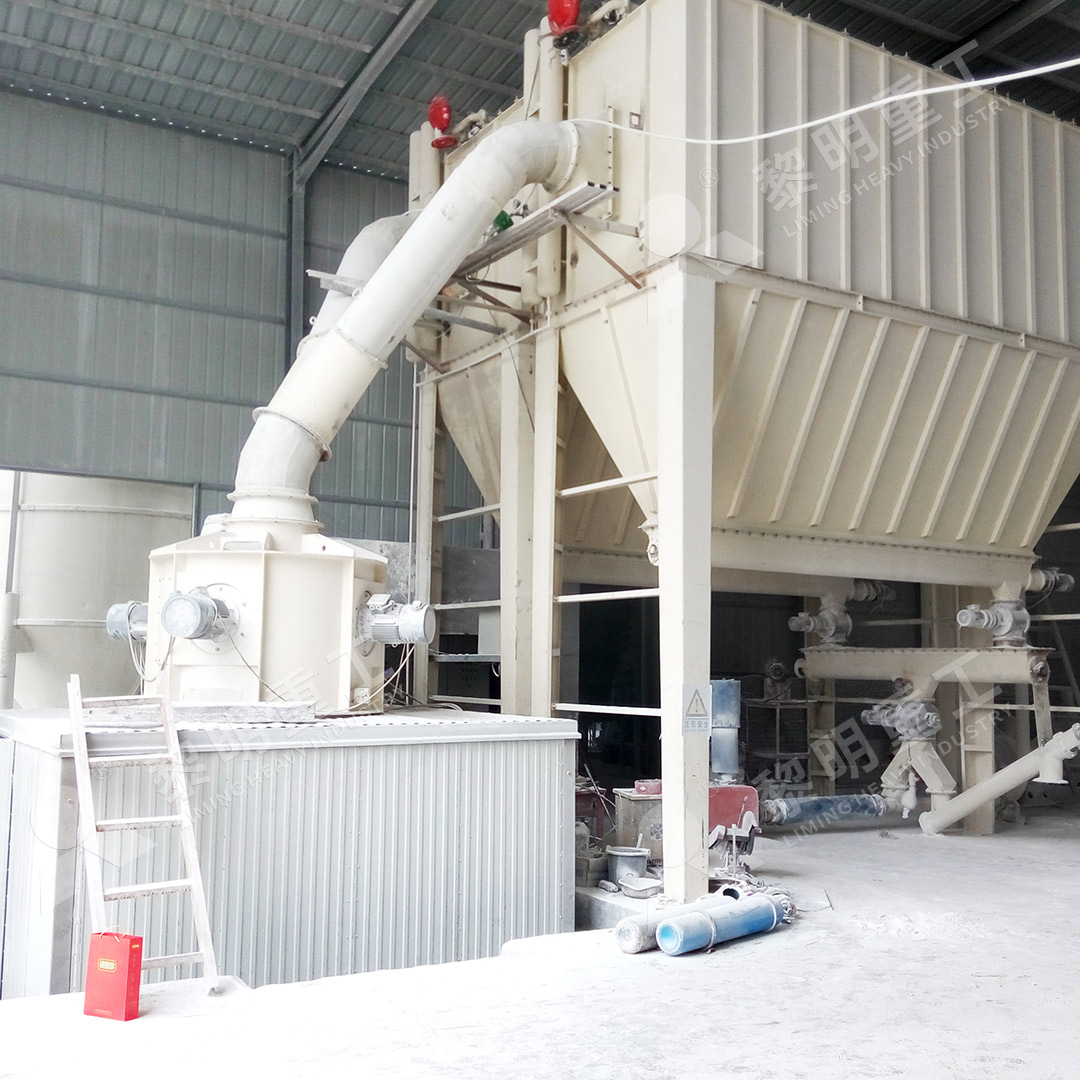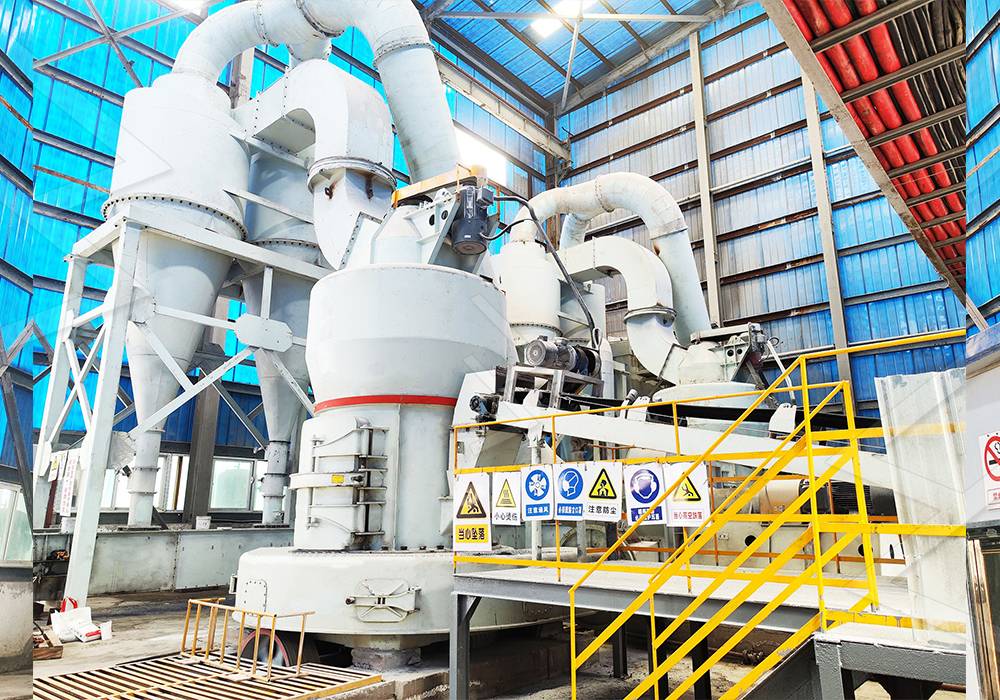Calcium Carbonate Grinding Mill Plant Price and Configuration Guide
Calcium Carbonate Grinding Mill Plant Price and Configuration Guide
When planning a calcium carbonate processing plant, selecting the right grinding equipment is crucial for operational efficiency and profitability. The choice of mill directly impacts production capacity, energy consumption, and final product quality. This comprehensive guide examines key considerations for calcium carbonate grinding mill configuration and pricing.
Understanding Your Processing Requirements
Before selecting equipment, carefully evaluate your specific needs. Consider the required production capacity, desired fineness (mesh size), raw material characteristics, and available space. Calcium carbonate grinding typically requires equipment capable of handling materials with Mohs hardness of 3 and producing powders ranging from 200 to 2500 mesh for various industrial applications.

Key Equipment Considerations
Modern grinding mills offer significant advantages over traditional ball mills, including higher efficiency, lower energy consumption, and better environmental performance. The market offers various options, from Raymond mills for coarse grinding to advanced ultrafine grinding systems for high-value applications.
Recommended Solution: MW Ultrafine Grinding Mill
For operations requiring ultra-fine calcium carbonate powder, we strongly recommend our MW Ultrafine Grinding Mill. This advanced system represents the latest in grinding technology, specifically designed for customers who need to make ultra-fine powder with exceptional efficiency.
The MW series handles input sizes of 0-20 mm with capacities ranging from 0.5 to 25 tph, making it suitable for various production scales. Its innovative design features higher yielding with lower energy consumption – achieving 40% higher production capacity than jet grinding mills and twice the output of ball mills while using only 30% of the energy consumption of jet mills.
What sets the MW Ultrafine Grinding Mill apart is its adjustable fineness between 325-2500 meshes, achieved through German cage-type powder selector technology. The system’s unique design eliminates rolling bearings and screws in the grinding chamber, preventing common failure points and enabling continuous 24-hour operation.

Environmental and Operational Advantages
Modern grinding plants must address environmental concerns while maintaining operational efficiency. The MW Ultrafine Grinding Mill incorporates efficient pulse dust collection and noise reduction systems, ensuring compliance with stringent environmental standards. The fully digitalized processing guarantees high precision manufacturing, particularly for core components.
Investment Analysis
When evaluating grinding mill prices, consider both initial investment and long-term operational costs. Advanced systems like the MW Ultrafine Grinding Mill may have higher upfront costs but deliver superior return on investment through energy savings, reduced maintenance, and higher product quality. The elimination of frequent bearing replacements and reduced downtime significantly lowers operating expenses over the equipment lifecycle.

Alternative Option: LUM Ultrafine Vertical Grinding Mill
For operations with space constraints or specific vertical configuration preferences, our LUM Ultrafine Vertical Grinding Mill offers another excellent solution. With input size of 0-10 mm and capacity of 5-18 tph, this mill integrates ultrafine powder grinding, grading and transporting in a compact footprint. It features unique roller shell and lining plate grinding curves that generate material layers more effectively, resulting in higher whiteness and cleanliness of finished products.
Implementation Strategy
Successful calcium carbonate grinding plant operation requires proper installation, trained personnel, and reliable technical support. We provide comprehensive services including plant design, equipment installation, operator training, and ongoing technical support with genuine spare parts to ensure worry-free operation.
Frequently Asked Questions
What is the typical energy consumption of the MW Ultrafine Grinding Mill?
The MW series reduces energy consumption by approximately 30% compared to traditional jet mills and 50% compared to ball mills, while achieving higher production capacity.
Can the MW mill handle different types of calcium carbonate?
Yes, the MW Ultrafine Grinding Mill processes various calcium carbonate types including limestone, calcite, and dolomite, with consistent results across different material characteristics.
What maintenance is required for the MW grinding mill?
The unique design without rolling bearings in the grinding chamber significantly reduces maintenance needs. External lubrication allows for maintenance without shutdown, and our comprehensive spare parts support ensures minimal downtime.
How does the adjustable fineness work?
The cage-type powder selector with German technology enables precise control from 325 to 2500 meshes, with multi-head configurations available for specific production requirements.
What environmental features are included?
The system includes efficient pulse dust collectors, mufflers, and noise elimination technology to meet national environmental protection standards while maintaining production efficiency.
